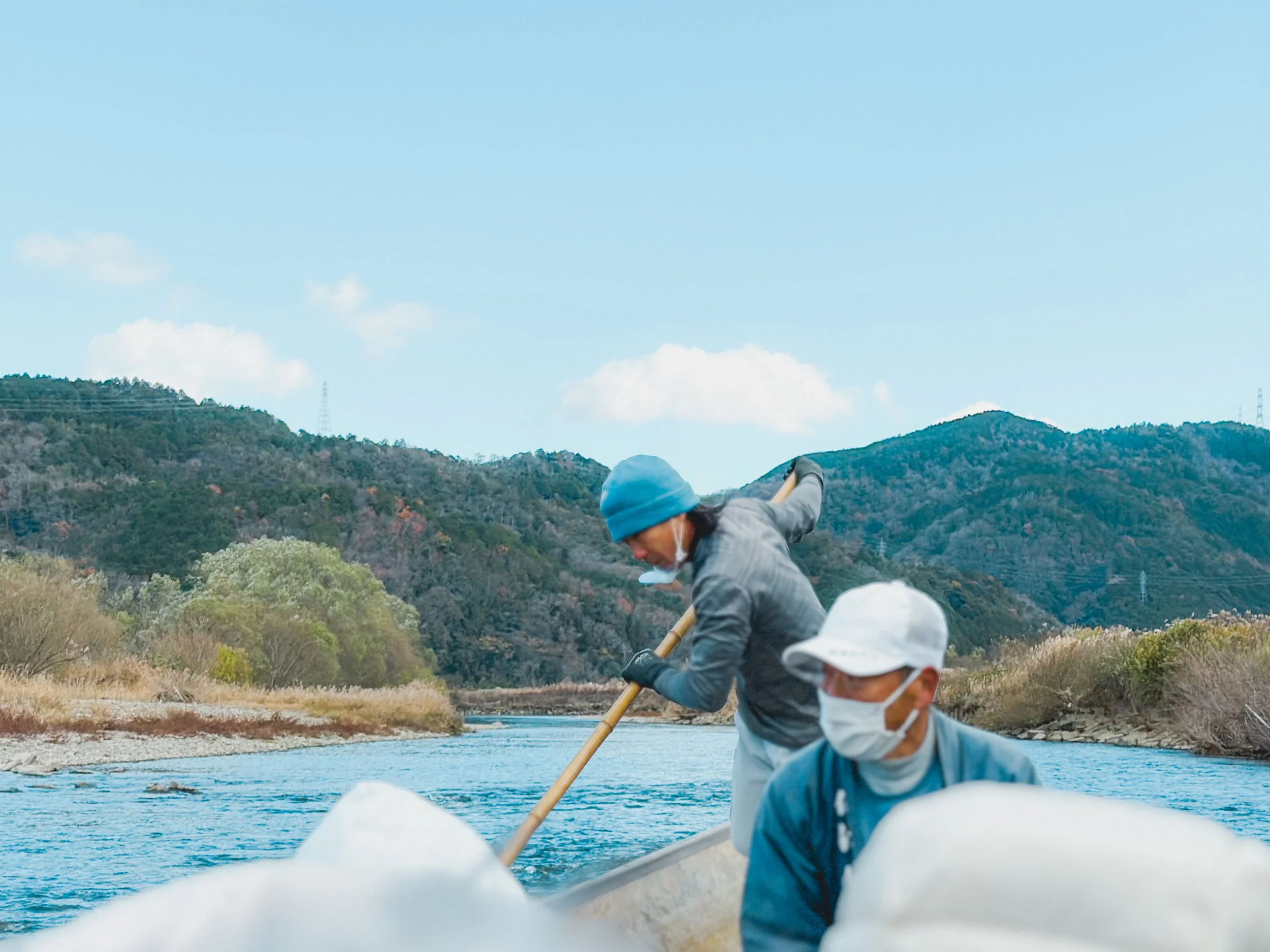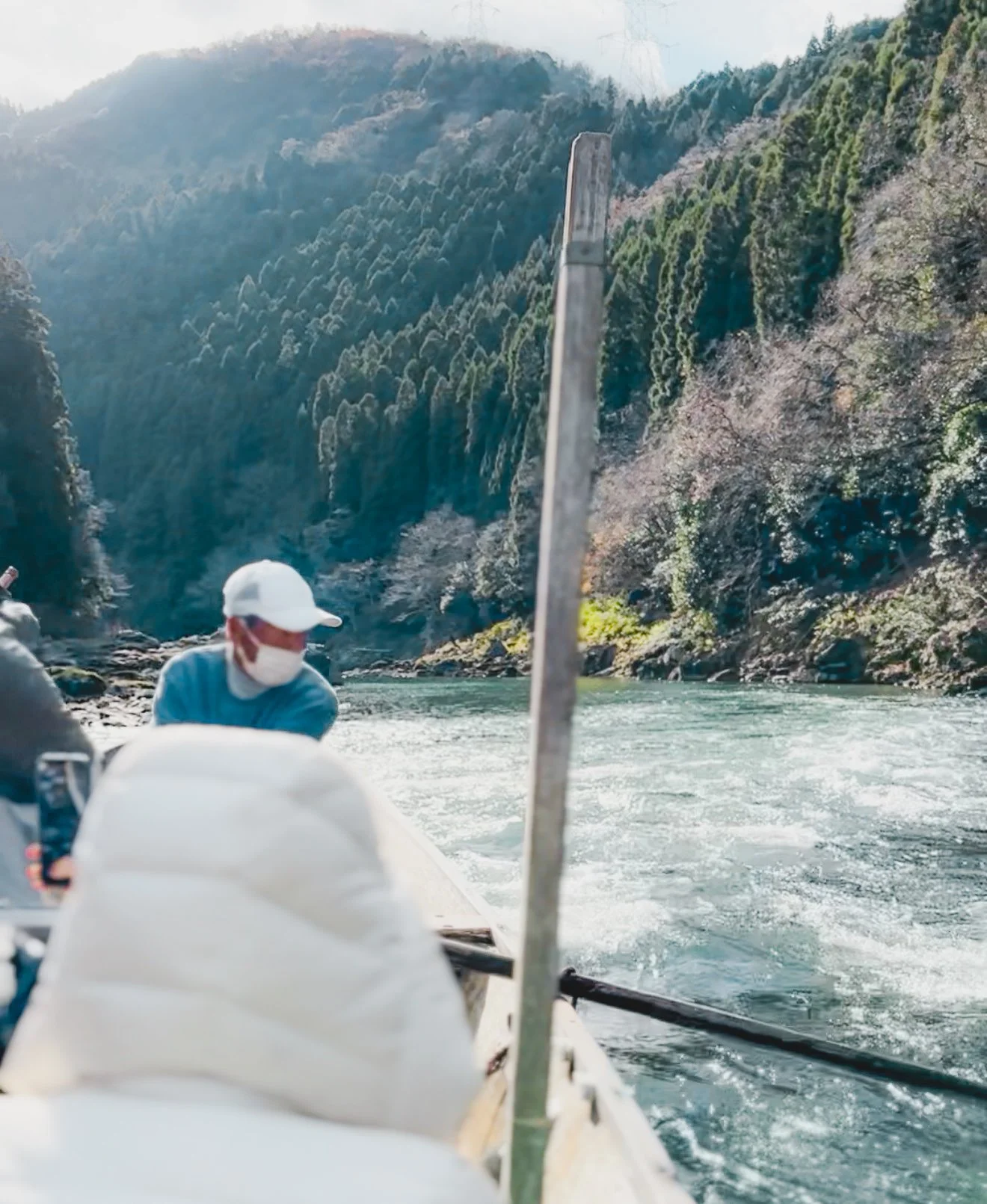The Element That Empties
Water has always drawn us in – not only for its stillness or rhythm, but for its quiet ability to hold time in suspension. It doesn’t demand attention. It waits. To sit beside it – by the sea, a river, or even a shallow pool – is to enter into a kind of pause. Not fully arriving, not yet leaving. It invites a state of awaiting, where nothing is required, yet everything is possible.
Among the elements, water behaves differently. Fire consumes. Earth anchors. Air escapes. But water lingers. It moves forward, yes – but never in a straight line. It gestures toward the future, though never directly. It suggests but does not reveal. And in that gesture lies its gift.
When we gaze into water, we are not searching for answers. We are, instead, letting go. To be with water is to begin the process of emptying – of softening the grip we keep on structure, pace, and expectation. In its flow, we’re reminded that surrender is not the same as giving up. It’s making space. Space for something unknown to arrive. I understood this more clearly one day on the Hozugawa River, on a boat bound for Arashiyama.
Known for its bamboo forest, moss garden, and the infamous Arabica coffee with its endlessly long queue. The true beauty of Arashiyama lay in the going – the journey itself, and the ways of getting there. One could take the Sagano Romantic Train, weaving through the mountains beside the Hozugawa River, or travel along the river itself by boat. Both routes carry you to the destination along and on the waterbody. The boat ride was what I chose.
The journey wasn’t fast. It wasn’t slow either. It moved in rhythms I couldn’t predict – floating gently at times, then suddenly accelerating through narrow rapids. The boat wasn’t so much steered as guided. Our rowers responded to the current rather than forcing it. Unlike a train, which runs on certainty, the boat was at the mercy of terrain and temperament. It was unpredictable. Every ride different. Every moment dependent on the river’s mood.
And in that unpredictability, something inside me shifted. I realized how tightly I often held onto control – measuring progress, chasing resolution, resisting detours. But water didn’t care about any of that. It asked me to let go. Not everything. Just enough to be carried.
Because that’s the paradox of water: before it can carry you, you must first release your weight. The burden of needing to know, to decide, to arrive. And once you do, it moves you – not just across geography, but into a new state of being. Lighter. Slower. Open.
When we finally reached the dock at Arashiyama, I didn’t feel like I had arrived. I felt like something had just begun. I stepped off the boat, but part of me kept going – still drifting, still watching the water disappear around the bend. I stood there for a moment, caught between stillness and motion, and thought: maybe that’s what water teaches best. That letting go is not the end of something, but the beginning. That emptiness is not a void, but a clearing.
And that perhaps, to receive what is next, we must first be willing to let something go.
Text and images by ANATOMY OF THINGS


